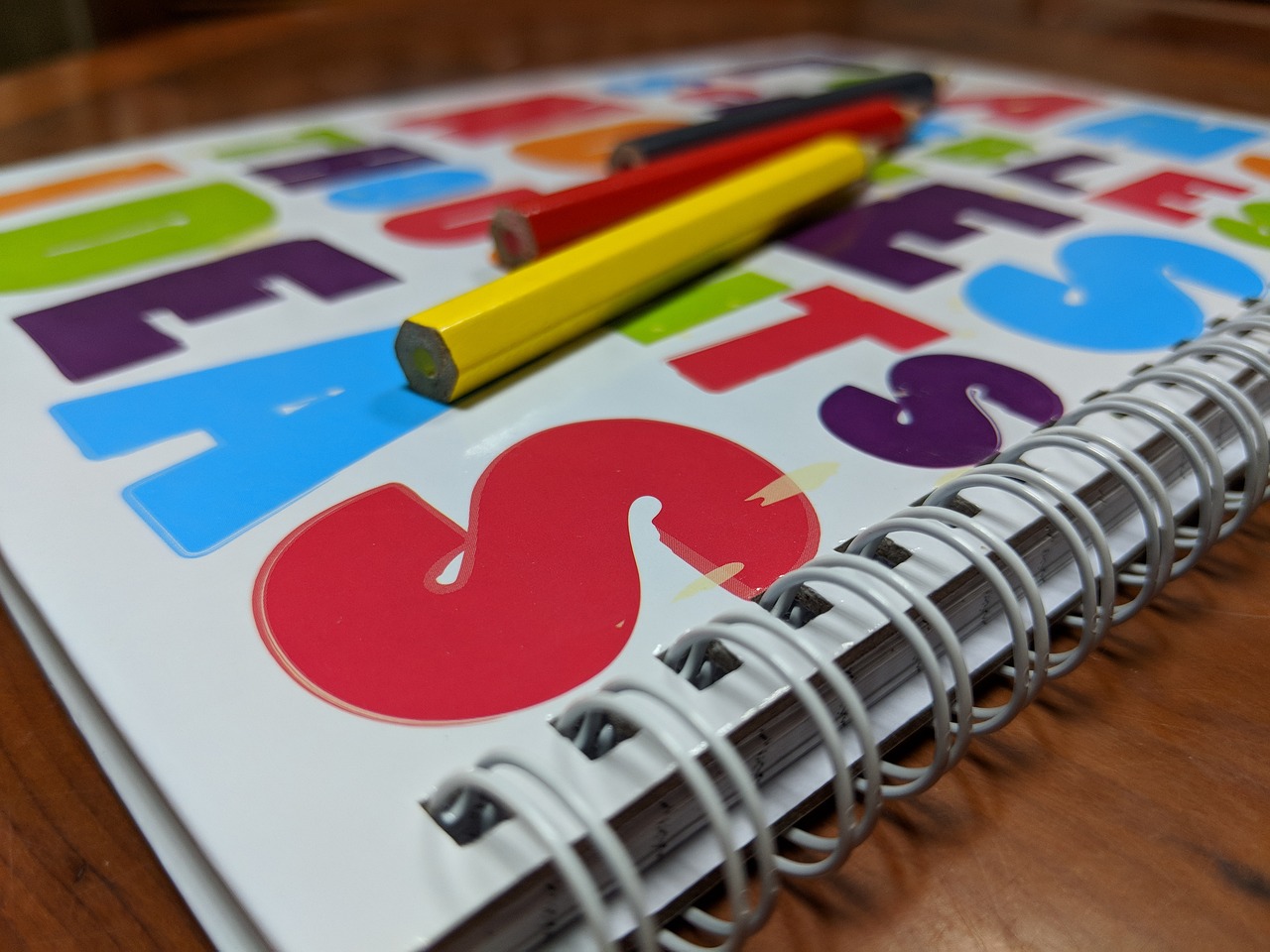Decoding the Language of Jewelry Catalogs: Representation and Inclusivity: Betbhai9 sign up, Radhe exchange, My laser247
betbhai9 sign up, radhe exchange, my laser247: Decoding the Language of Jewelry Catalogs: Representation and Inclusivity
Have you ever flipped through a jewelry catalog and noticed how certain groups of people are underrepresented or excluded altogether? The language used in marketing materials can have a profound impact on how individuals perceive themselves and their place in society. In the world of jewelry catalogs, representation and inclusivity are vital aspects that need to be carefully considered.
When it comes to representation, many jewelry catalogs tend to showcase a narrow range of models that often do not reflect the diversity of the real world. This lack of representation can make certain groups of people feel marginalized or invisible. It’s important for jewelry brands to be mindful of the images they use and to ensure that their marketing materials are inclusive of all races, genders, and body types.
Furthermore, the language used in jewelry catalogs can also play a significant role in how inclusive a brand is perceived to be. Using language that is gender-neutral and body-positive can help create a more welcoming and inclusive environment for all customers. Words like “timeless,” “elegant,” and “sophisticated” are inclusive and allow individuals from all walks of life to feel represented and valued.
In order to decode the language of jewelry catalogs, it’s important to pay attention to the words and images being used. Look for diversity in the models being showcased, as well as the language being used to describe the jewelry. Brands that prioritize representation and inclusivity in their marketing materials are more likely to attract a diverse customer base and foster a sense of belonging among all individuals.
Inclusivity in jewelry catalogs is not just a matter of social responsibility, but also good business sense. Brands that make an effort to be inclusive and representative in their marketing materials are more likely to appeal to a wider range of customers. By embracing diversity and inclusivity, jewelry brands can create a more welcoming and accepting environment for all individuals.
In conclusion, decoding the language of jewelry catalogs is essential for promoting representation and inclusivity in the industry. By paying attention to the images and words being used, consumers can make more informed choices about which brands to support. Inclusivity in marketing materials is not just a trend, but a necessary step towards creating a more equitable and accepting society.
FAQs
Q: How can I tell if a jewelry brand is inclusive?
A: Look for diversity in the models showcased in their marketing materials, as well as the language used to describe the jewelry. Brands that prioritize representation and inclusivity will make an effort to be inclusive in all aspects of their branding.
Q: Why is representation important in jewelry catalogs?
A: Representation is important because it allows individuals from all backgrounds to see themselves reflected in the media. When certain groups are excluded or underrepresented, it can lead to feelings of marginalization and invisibility.
Q: What can consumers do to support inclusive jewelry brands?
A: Consumers can support inclusive jewelry brands by choosing to shop from companies that prioritize diversity and inclusivity in their marketing materials. By supporting these brands, consumers can help promote a more equitable and accepting society.







